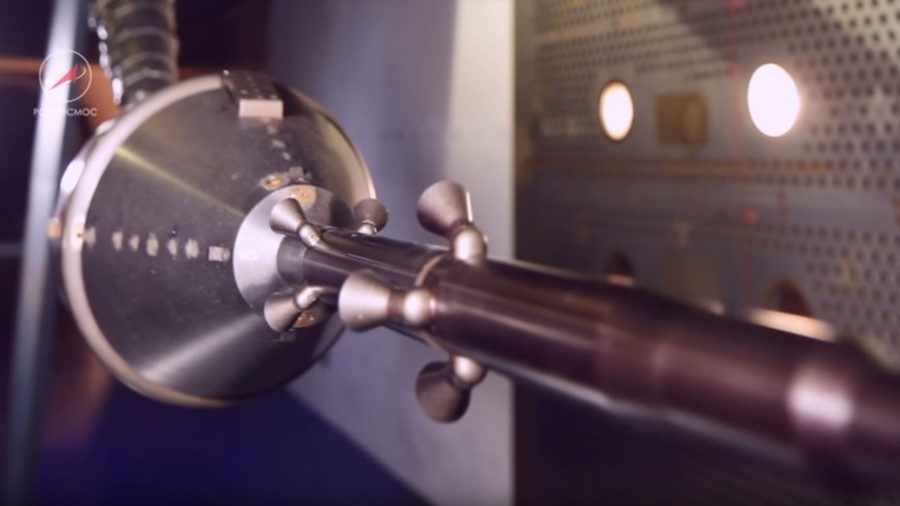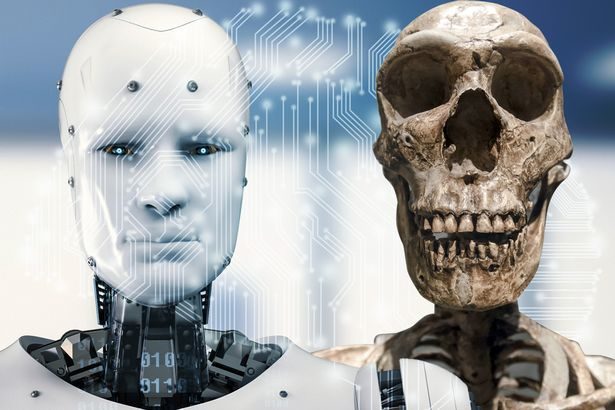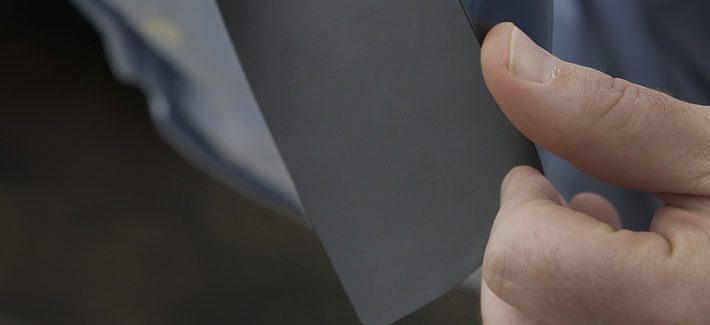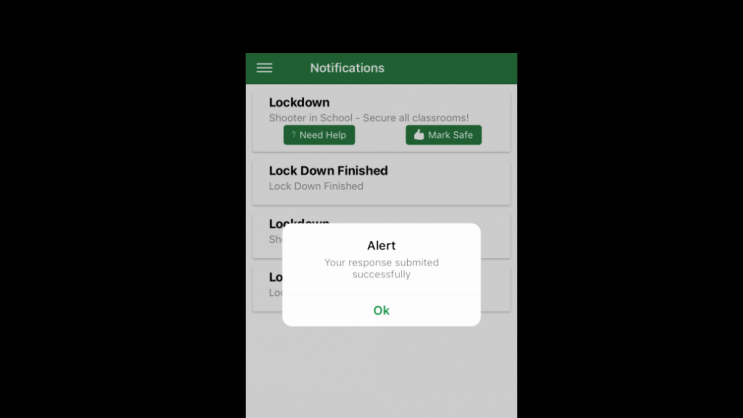
© Allison Filice
Schrödinger's kittens have never been very cute, and the latest litter is no exception. Images of nebulous clouds of ultracold atoms or microscopic strips of silicon are unlikely to go viral on the internet. All the same, these exotic objects are worth heeding, because they show with unprecedented clarity that quantum mechanics is not just the physics of the extremely small.
"Schrödinger's kittens," loosely speaking, are objects pitched midway in size between the atomic scale, which quantum mechanics was originally developed to describe, and the cat that Erwin Schrödinger famously invoked to highlight the apparent absurdity of what that theory appeared to imply. These systems are "mesoscopic" - perhaps around the size of viruses or bacteria, composed of many thousands or even billions of atoms, and thus much larger than the typical scales at which counterintuitive quantum-mechanical properties usually appear. They are designed to probe the question:
How big can you get while still preserving those quantum properties?To judge by the latest results,
the answer is: pretty darn big. Two distinct types of experiments - both of them carried out by several groups independently - have shown that vast numbers of atoms can be placed in collective quantum states, where we can't definitely say that the system has one set of properties or another. In one set of experiments, this meant "entangling" two regions of a cloud of cold atoms to make their properties interdependent and correlated in a way that seems heedless of their spatial separation. In the other, microscopic vibrating objects were maneuvered into so-called superpositions of vibrational states. Both results are loosely analogous to the way Schrödinger's infamous cat, while hidden away in its box, was said to be in a superposition of live and dead states.












